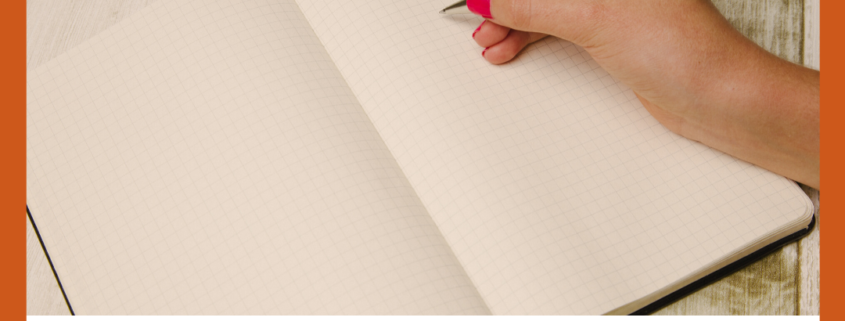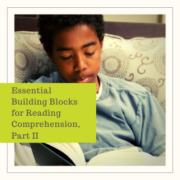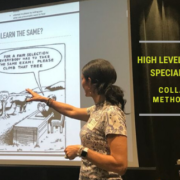Organization Part I
Getting organized is one thing—staying organized is an entirely different story for some people. Many “type-B” folks, myself included, focus more on the whole picture, but fail to give much time or energy to the finite details to get to that end goal. The lack of these skills can prove to be a real hinderance to productivity and success; however, there are many ways to improve organization during this busy time of year.
- For regularly-occurring tasks, like picking out outfits, showering, doing homework, or packing lunch,
complete the tasks at the same time, in the same order every day to avoid getting distracted or missing a step. For instance, when a teen packs his gym bag, he should follow the same process every time, putting socks with sneakers, T-shirts or necessary uniforms, etc. You are less likely to forget an essential item if you’ve developed a routine for packing. - To maintain even more organization, decide which tasks can be accomplished in the morning versus those that should be done the night before. For example, picking outfits out the night before will avoid the last-minute manic search for “that one particular shirt” that may still be in the dirty clothes pile.
- For those of us that are especially forgetful, it could be beneficial to use a checklist or personal reminder of necessary items for the day. With many children and teens carrying smartphones, one advantage of being dialed in at all times is that calendar apps and push notifications can help keep everyone abreast of the day’s activities. Parents can even help by setting recurring reminders of important things that occur daily or weekly on their child’s phone. Then, syncing everyone’s Google calendars makes everything that much more organized.
- Placing essential things for school by the door the night before will reduce think-time and anxiety in the morning. It also helps to ensure that the item makes it to school by having to physically step over it or pass it on the way out the door in the morning. This is especially helpful when items are not the usual day-to-day necessities. For example, a talent show costume or lacrosse stick has a way better chance of making it to school if it’s hung by the front door than if it’s stashed upstairs in the closet.
- Plan for and maintain an organized work space. For some, the kitchen table is best, while others do better studying on the Whatever the preference, establish an environment that is easy to access, free from distractions, has a flat surface for working, has space for books/materials, allows for charging a computer if necessary, and has ample light.
- When working on homework or projects, an organizational technique that many overlook is to arrange all necessary materials up front before starting to study. This not only acts as a visual reminder of what needs to be accomplished, but it also ensures that focus is not broken by having to dig through a book bag or desk to find something.
- Parents can assist with keeping students organized by making sure all necessary materials are in the workspace. All school materials should be in the room and out of the book bag. All homework should be taken out and organized on a flat surface by priority and due date. Additionally, for nights when many assignments are to be completed, an agenda is highly recommended and should be placed within eyesight.
Phones and other technology devices should be out of reach and out of sight to avoid any unnecessary distractions. The calculator app on a computer should be used instead of the phone to avoid the temptation of reaching for the phone and getting sidetracked.








